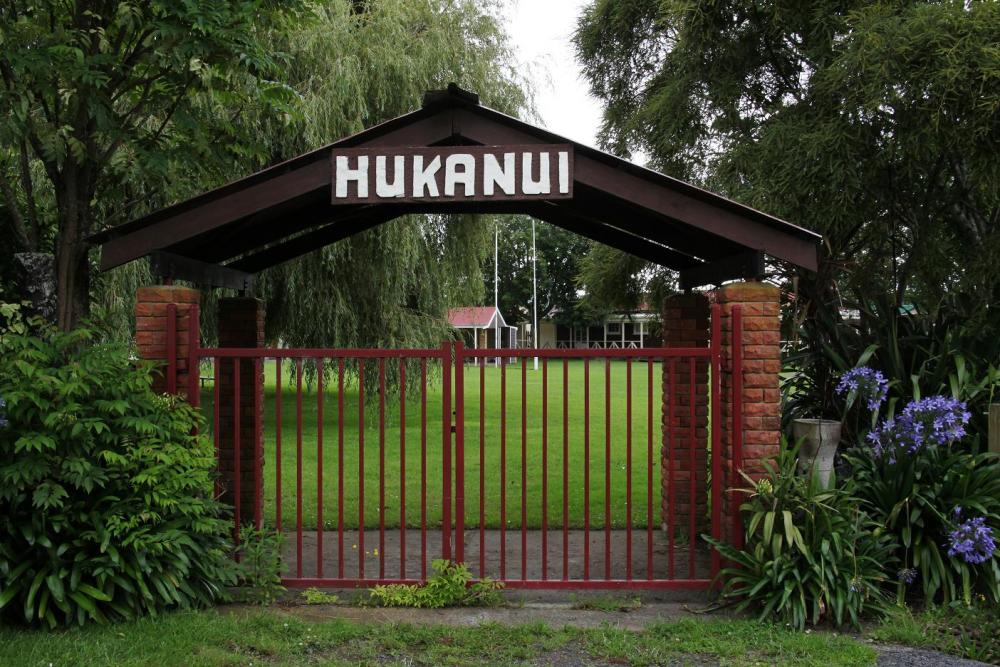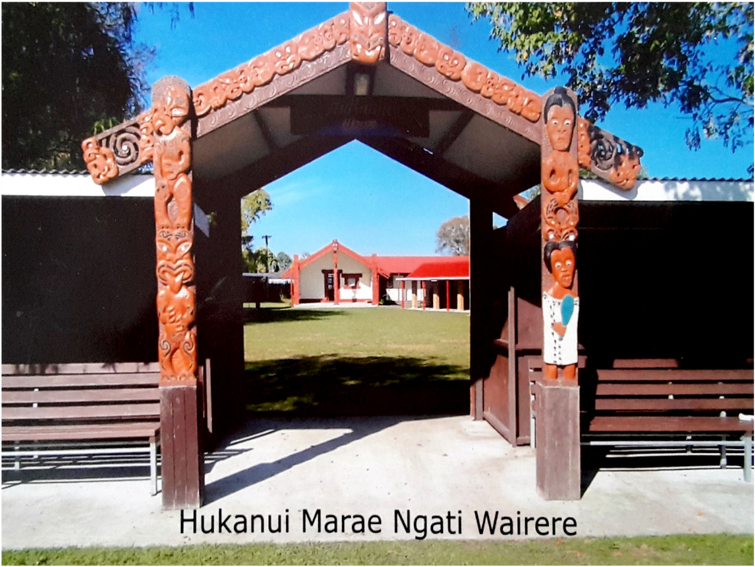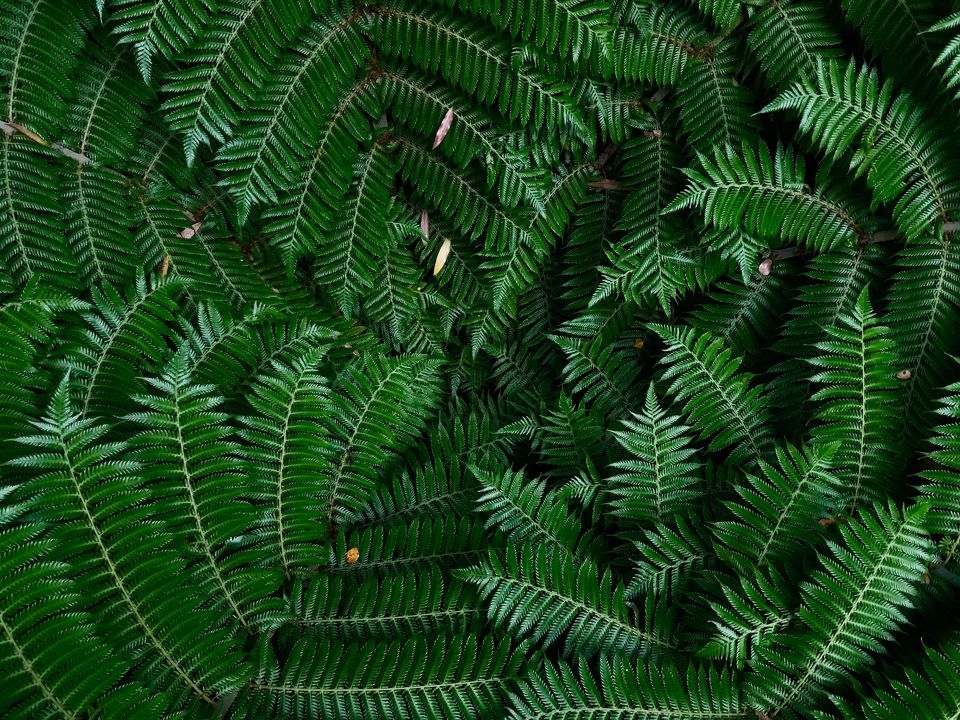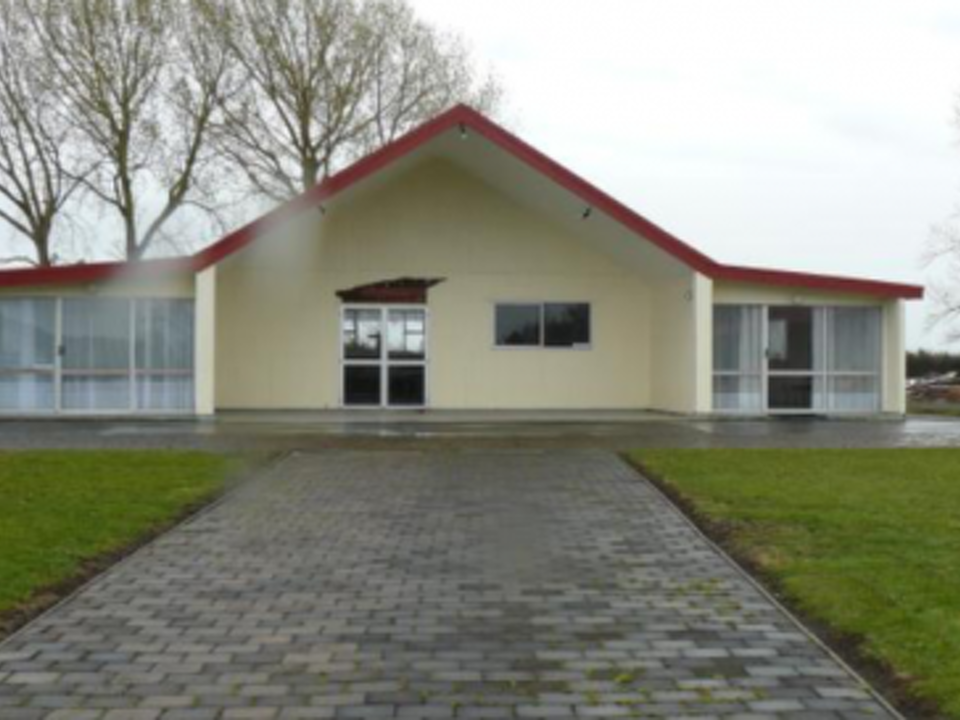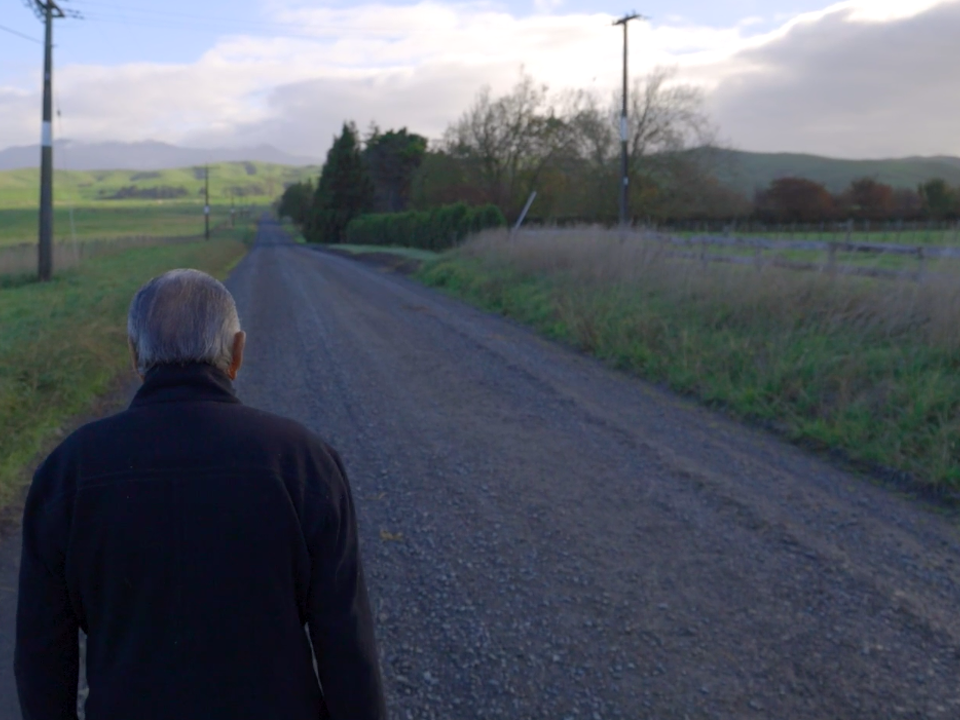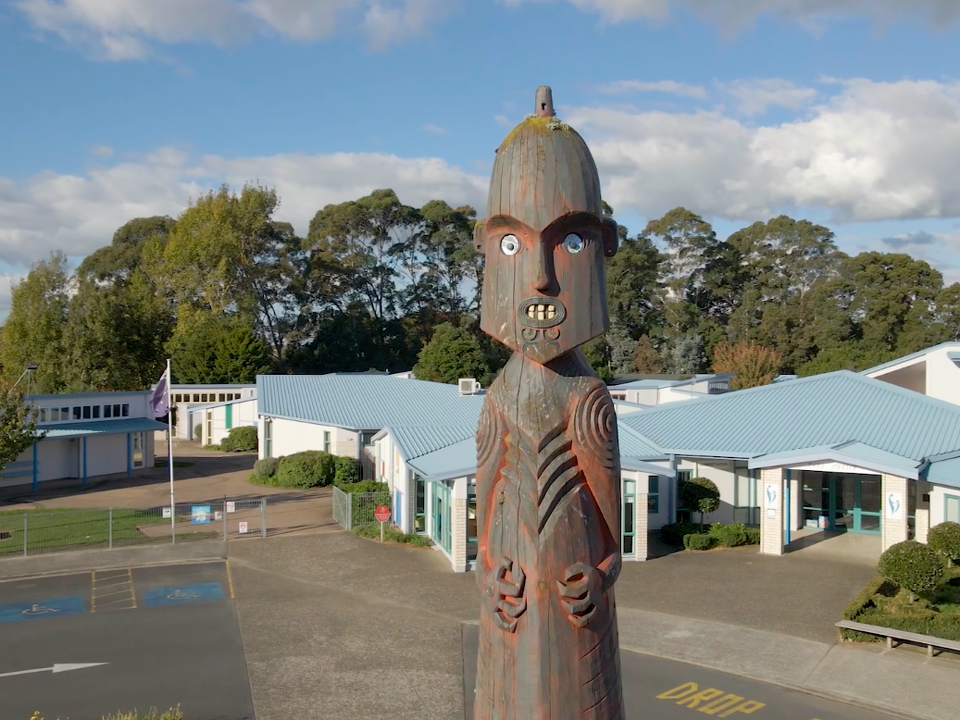NGAA WHARE
There are 5 buildings on the marae complex:
- Te Wharenui: Tuuturu-aa-Papa Kamutu
- Ko Tuuturu-aa-Papa Kamutu te ingoa o te whare tupuna. The wharenui was named by King Taawhiao who lived on the marae for sometime. Originally named Tuututru-aa-Papa, Kamutu was added after the practice of Maakutu ceased. King Taawhiao gathered tohunga together and abolished this practice. It was stopped and the name Kamutu was added to Tuuturu-aa-Papa.
- Te Wharekai: Te Mokai Ko Te Mokai translated as meaning a servant, to serve the people. Manaakitanga is a value for Hukanui Marae.
- Te Ruuma Whānau Pani This room is available to whānau pani and kaumaatua only during tangihanga.
- Te Koohanga Reo – Piipiiwharauroa, Kokako Kookako was opened by Te Atairangikaahu at the 100th Year Poukai Celebration in 1998
- Te Whare Moe - Piipiiwharauroa

